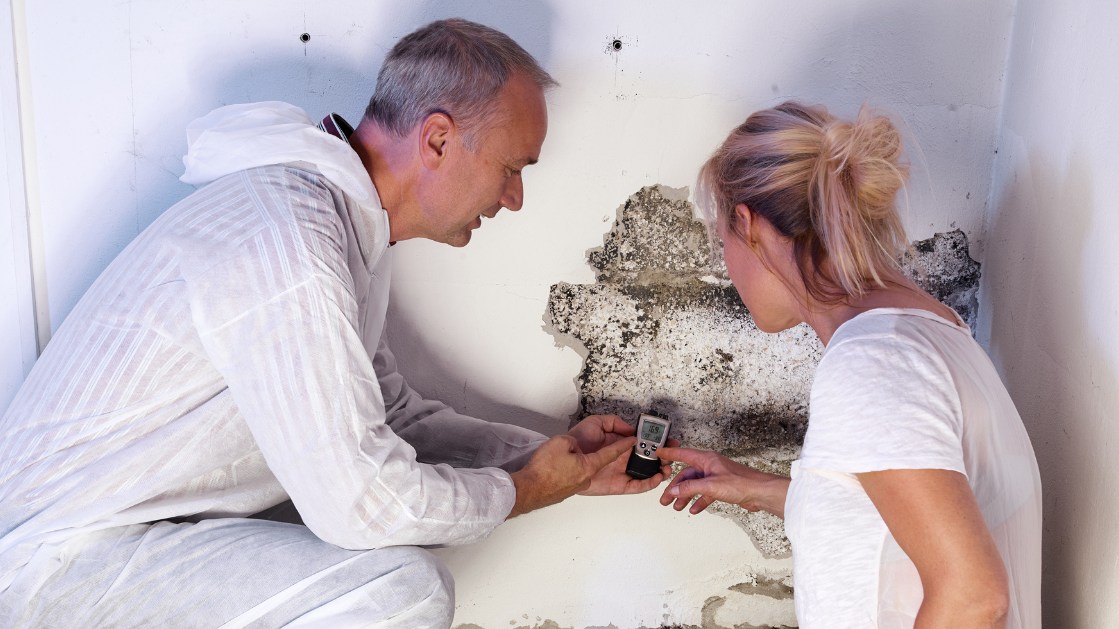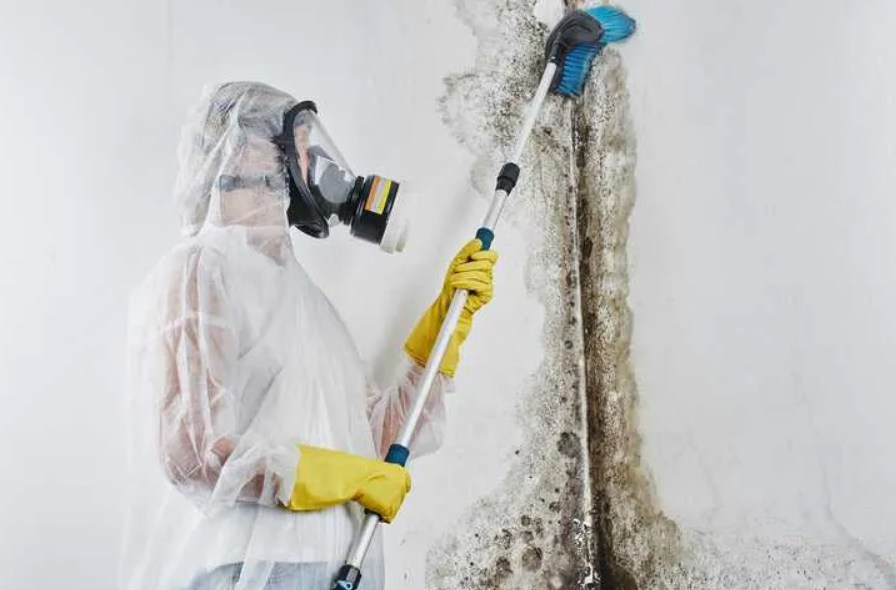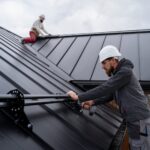Mold can be a silent intruder, growing behind and even inside of walls, as well as under floors and above ceilings, slowly degrading the integrity of your home, and your health, before you ever spot it. Whether you have unpleasant stains on your bathroom ceiling or funky smells in your basement, clean up begins with mold remediation.
Thank you for reading this post, don't forget to subscribe!With this guide, you’ll learn all you need to get the mold out, for good—from the science behind mold and how it reproduces, to how to choose the best mold removal solutions for your home and protect your family from its presence. By the end of this post, you will be armed with the knowledge and skills to know when to solve the problem yourself and when to call the pros.
Understanding the Different Types of Mold Dangers and Health Risks
Mould is a fungus It likes moist warm conditions. Some molds are benign, but others can create significant health and structural problems. Here’s what you need to know:
Types of Mold
- Black Mold (Stachybotrys chartarum) What it is: Known to thrive in moist environments, like basements and bathrooms, this variety’s negative effects on health are well-documented.
- Penicillium: Identified by its blue or green shade, penicillium grows on organic material decay and spreads quickly.
- Cladosporium: This mold species can be found outdoors as well as indoors where it grows on wood, carpets, and fabrics.
Causes of Mold Growth
Mold tends to start to grow when four main factors coalesce:
- Moisture: Leaky plumbing, spills or high humidity become deeds of darkness.
- Inadequate Air Circulation: Standing air serves to trap moisture, allowing mold to flourish.
- Organic Substances: Mold is an organism that will grow on materials such as wood, fabric, and dry wall.
- Temperature: Ideal temperatures for most molds are 70-90°F.
Harmful Health Effects of Mold Exposure
Health Effects of Mold Mold exposure can cause a myriad of health problems, such as:
- Coughing, wheezing, or throat irritation, which can all be related to breathing issues
- Allergies such as sneezing and watery eyes
- Exacerbation of asthma including an increase in symptoms of asthma.
- Severe symptoms in sensitive individuals may include fever or difficulty breathing
Even if are only dealing with a case of mild allergies as a result, the risk can help them appreciate why it is essential to act on mold damage right away.
Steps of the Mold Removal Process
A methodical approach is necessary when trying to get rid of mold. If you follow these steps, here is how you should remediate mold:
-
Assessment and Inspection
Start by with determining the size of the problem. Check for visible mold, but also keep in mind the possibility of hidden growth behind walls or under carpets. Moisture meters or kits for testing for the presence of mold can be useful.
-
Containment
Contain mold spores from spreading to other unaffected areas by sealing the infected space. Contain material with plastic sheeting and negative air pressure.
-
Eradication of the Contaminants
Porous surfaces like drywall or carpeting that are severely infested may have to be taken out. Non-porous surfaces can typically be wiped cleaned using an appropriate mold cleaner or bleach solution.
-
Cleaning and Disinfecting
Wipe down surfaces with antimicrobial cleaners. A vacuum with a HEPA filter can also aid in extracting mold spores from floors, walls, baseboards and vents.
-
Drying the Area
Mold loves moisture; drying out the area is most important. Employ dehumidifiers and fans to reduce the availability of moisture.
-
Repairs and Restoration
Reinstall any materials removed, such as drywall or insulation. Make sure all remedial work removes the source of excessive humidity.
Pro Tip: Mold should always be handled with appropriate protection (gloves, goggles, and an N-95 mask).

DIY vs Professional Mold Remediation: Pros and Cons
When it comes to getting rid of mold, you may wish to do-it-yourself or call in the pros. Here’s how to decide:
DIY Mold Remediation
Pros:
- You can opt to use an affordable solution for small spots of mold (less than 10 square feet).
- Available products and materials.
Cons:
- Potential for inadequate clean-up resulting in return of mold.
- Little to no success for secret or widespread infestations.
Professional Mold Remediation
Pros:
- Complete testing and treatment, even in behind-the-scenes mold.
- Advanced equipment, such as air scrubbers and commercial-grade dehumidifiers.
- Specializes in addressing core issues.
Cons:
- Higher costs.
- Coordination needed to plan and implement.
If you have only a small area of mold, a do-it-yourself approach may suffice. But for more serious infestations or frequent issues, professional remediation is the wiser choice.
How to Prevent Mold Growth, Tips and Tricks.
After you’ve removed the mold, it’s important to prevent its return. Use these tricks to prevent mold in your home:
Regulate Humidity: Maintain the indoor humidity level between 30%, reducing the humidity prevents potential growth of undesirable allergens.
Repair Leaks Immediately: Fix any leaks from your taps, leaking pipes or roof problems immediately.
Air Out Rooms: Utilize exhaust fans in places such as bathrooms, kitchens and laundry rooms.
Clean Often: Wipe moisture-prone areas such as shower walls and window sills.
Use Mold Resistant Products: Think about mold resistant drywall or paint if you have mold prone areas.
Test Indoor Air Quality: Use air purifiers featuring HEPA filters to capture mold spores.
Continuing these good habits will largely contribute in keeping your home healthy and free of mold.
Getting the Right Mold Remediation Service
If you opt to seek professional help, it’s important to choose your provider carefully. Here’s how to choose wisely:
Credentials: Make sure the company is licensed, insured and certified in mold remediation.
Experience: Consider a provider with a successful track record of successfully managing similar cases.
Acknowledgements: Look for online references and ask for customer references.
If you are going to contract a firm for it, you’ve got to make sure that it comes with warranty.
Utilize local directories or listings from The Institute of Inspection Cleaning and Restoration Certification (IICRC) to find well-trained service providers in your area.
Seize Control of Your Indoor Air Quality
Mold is dangerous, but armed with prompt, commonsense steps you can keep your home here and your family healthy. Knowing the different types of mold, the steps to eliminate them and ways to prevent them will help you on your path to a healthier living space.
If you’re still debating DIY efforts or thinking about hiring a pro, keep in mind that the end game is better indoor air quality for your home — and your family. Make the first move today and invest in a mold free life.



